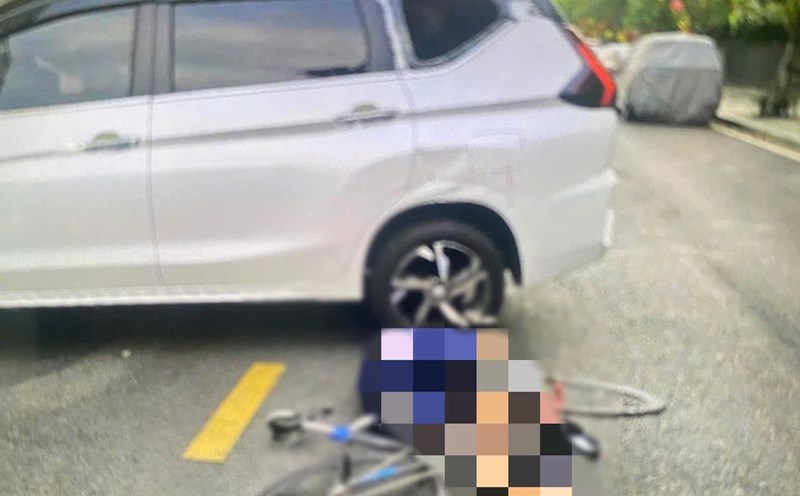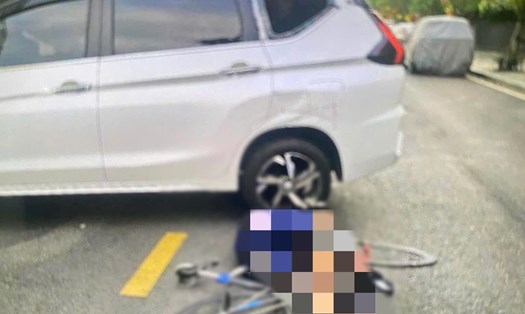After more than a year of piloting, public bicycles in Hanoi are still deserted, investors report losses despite support for this type of vehicle such as free sidewalk rental. And currently, the Hanoi Department of Construction is studying subsidy options such as buses.
This is a common situation, not only in Hanoi but also in many localities, including cities that have separate lanes for bicycles such as Hue, Da Nang...
In fact, support forms such as free sidewalk rental or subsidy are only supportive therapy to help reduce travel costs and encourage people to try them.
The success or failure of public bicycles still comes from fundamental changes in infrastructure, connectivity and travel habits.
With the current traffic density, the capital city is already crowded with motorbikes and cars, now more bicycles are moving on the same road, the risk of conflicts and accidents has not decreased.
If people feel uneasy when cycling in the midst of a crowded traffic mix, they will choose another vehicle, even though it is expensive.
The planning of private lanes, at the minimum allowing bicycles to run on streets with few trucks, large buses, clear signs, and road markings... such as Hue and Da Nang has been the first step to remove the "dangerous" psychological barrier of many people.
Next, to make public bicycles truly competitive, we must arrange dense stations, convenient for borrowing - returning vehicles. Registration and use procedures should be streamlined to the maximum, you can "sweep the card" or have a quick mobile application.
Mobility culture in Vietnam, especially in large cities, is deeply influenced by motorbikes. Public bicycles are currently a "light, green" solution but only stop at entertainment experiences or short-distance travel.
To make bicycles a regular choice, instead of a fun experience, it is necessary to combine many policies.
For example, limiting motorbikes in the center according to the roadmap, promoting environmental protection, encouraging businesses and schools to have "rewards" or allowances for employees and students using bicycles.
Like buses, if Hanoi applies subsidies for public bicycles, travel costs will be cheaper, stimulating a new number of users. However, this is not a core solution.
If the roads are still cramped, there is a lack of safe parking space, the registration process is cumbersome, customers are excited to try it for a few days and then leave early.
On the contrary, when people see it as convenient, safe, and supported with policies, public bicycles will fully exploit their "environmentally friendly" potential.
Finally, limiting personal vehicles must go hand in hand with raising public awareness of "green transportation".
When people have the habit of "going near and cycling", "the narrow road, traffic jams - choose bicycles", we hope to see the scenery not only Hanoi but also many other localities such as Hue, Da Nang...open, airy roads with public bicycles used as inevitable options.












